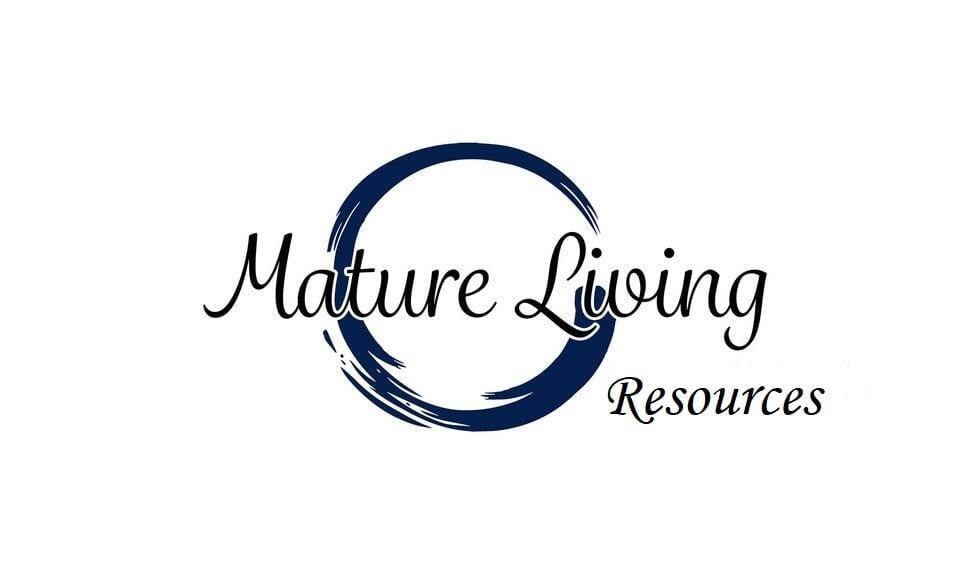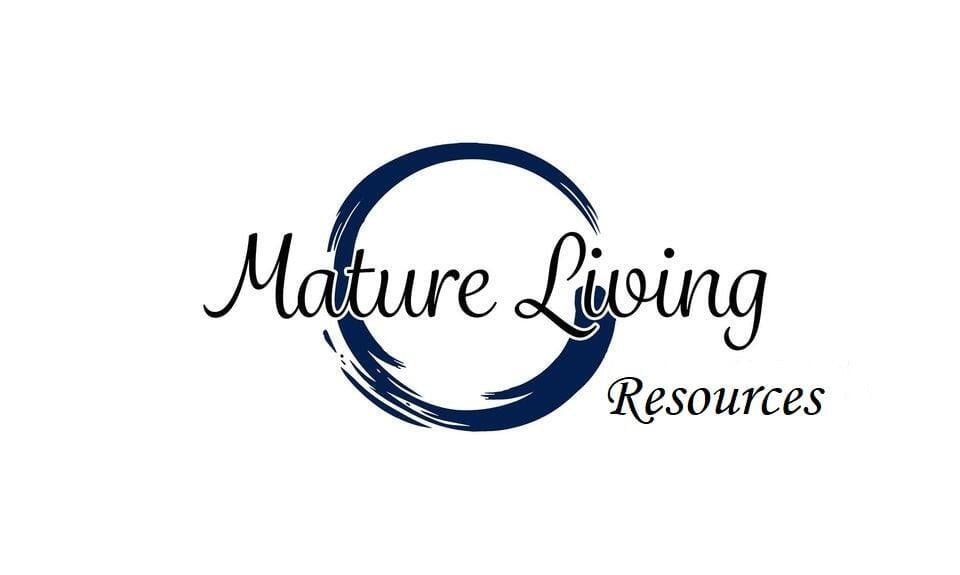Using a Reverse Mortgage as a Retirement Vehicle: The Process
There are many myths surrounding reverse mortgages, stemming from issues in the past before the newest rules were put in place in 2021. A reverse mortgage is simply a financial tool works that has ways in which you can benefit from it. It is good to get the complete picture before deciding whether a Reverse Mortgage is for you!!
What is it?
A reverse mortgage is a loan available to homeowners aged 62 or olde (in some states, this could be younger within certain parameters) that allows you to convert a portion of your home's equity into cash.
Process and Costs:
The reverse mortgage loan process involves several steps to ensure that the borrower understands the terms and requirements of the loan. Here's an overview of the typical process:
Eligibility Determination: To be eligible for a reverse mortgage, you must be at least 62 years old (some states allow for different age) and have enough equity in the home for it to make sense. A reverse mortgage does NOT allow an owner to withdraw 100% of the equity. The amount allowed will change as the current APR % rates change.
Residence: You must live in the home as your primary residence.
Counseling: HUD (U.S. Department of Housing and Urban Development) requires that you attend counseling with an approved HUD counselor, who will explain the details of the reverse mortgage, discuss alternatives, and assess your financial situation to ensure you can meet your obligations, such as property taxes and insurance.
Lender Selection: Choose a lender that offers reverse mortgages, also known as Home Equity Conversion Mortgages (HECMs). It's advisable to compare lenders and their loan terms to find the best option for your needs. (Note: Our resource team uses Mutual of Omaha and Fairway Mortgage companies as their partners)
Application: Submit an application. The lender will collect information about your income, assets, and existing mortgage, if applicable.
Appraisal: The lender will order an appraisal of your home. The amount you can borrow is based on the appraised value of your home and your age. It will also vary as the loan APR% changes. The higher the APR, the less you will be able to borrow! This is a protection for the homeowner!
Underwriting: To assess eligibility and determine the terms of the loan.
Loan Approval: If you meet all the requirements, the lender will approve the loan and provide you with a Loan Estimate, which details the loan terms, interest rate, and closing costs.
Closing: Once you accept the terms, you'll go through a closing process similar to that of a traditional mortgage, signing documents, and then the lender will disburse the loan funds. At this point, you'll no longer make monthly mortgage payments.
Use of Funds: You can choose to receive the funds in various ways, such as a lump sum, monthly payments, or a line of credit, depending on your financial needs and preferences. You can use the funds for many things, some of which will be covered in the next post!
Ongoing Obligations: While you won't have monthly mortgage payments, you must continue to pay property taxes, homeowners insurance, and maintain the property. Failure to meet these obligations could result in the loan becoming due.
Loan Repayment: The reverse mortgage loan becomes due when you no longer occupy the home as your primary residence, sell the home, or pass away. Your heirs have the option to repay the loan or sell the home to cover the loan balance. Any remaining equity goes to your heirs.
THE BANK DOES NOT "TAKE YOUR HOME"! That is a myth that needs to be dispelled!




